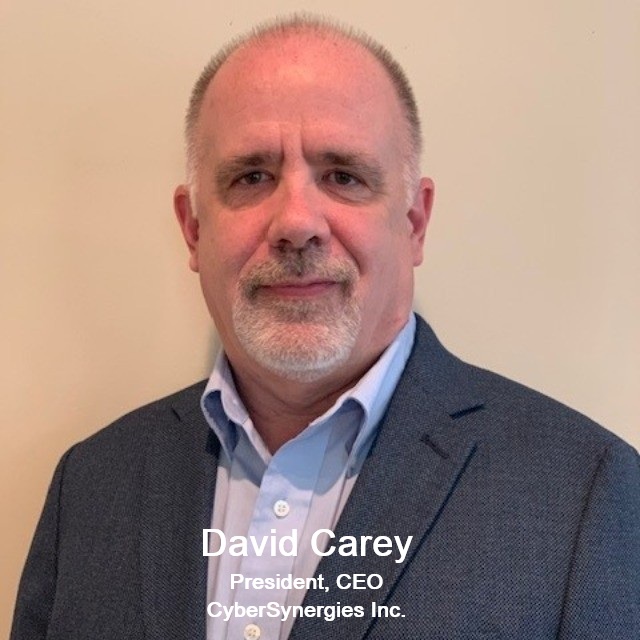I’ll start with the good news: The steps trucking companies need to take to protect themselves from cyberattacks are not that difficult, not that expensive and not that time-consuming. Once they do it, they almost always tell me something like, “I thought it would be a bigger (and more expensive) pain than that.”
It’s really not that hard.
But now the bad news: Most are not doing it (probably because of the preconceived notion above that I’m trying to correct), and the consequences of that could be cataclysmic – for your company, for your shippers, for your vendors and for your drivers.
The trucking industry has a big target on its collective head from cyberattackers for several reasons. One is the industry’s importance to the broader economy. If anyone wants to wreak havoc on the United States of America, you can scarcely do better than to halt America’s trucks. That kind of supply chain disruption would bring economic chaos within a matter of days.
Another reason is that the industry is uniquely vulnerable, which owes to its tardiness in digitizing compared to many other industries. Only in the last few years are we seeing real advances in things like electronic bills of lading, or the full optimization of APIs, or the deployment of advanced telematics systems. Other industries made these advances years ago, so they’ve already discovered the resulting cybersecurity risks and many have taken the necessary steps.
Trucking is scrambling to catch up on the digitization, so it’s moving at warp speed and too often not stopping to think about the resulting threats.
The hackers know this. And they’ve been taking far too much advantage in recent years. It’s not just big players like Estes and Ward. It’s often the smaller carriers or brokers who get hacked because the bad guys know that gives them access to everyone they do business with. You are not too small to be a target. In fact, if you are small (even relatively) that might be the very reason they target you.
This newsletter will keep you informed about the latest threats, while also touching on the ones that have been out there for awhile and how the industry needs to respond.
But the overall objective here is one simple thing: I want you to protect yourself and your company, and you’re probably going to do that better if you let me help you.
It’s not a matter of if. It’s a matter of when. Will you take action before they do?
Let’s make sure the answer is yes. I’m Dave. I’m here to help.

